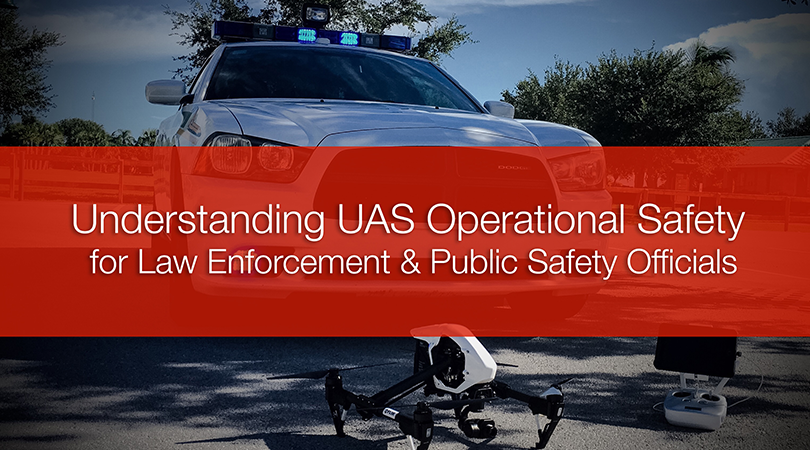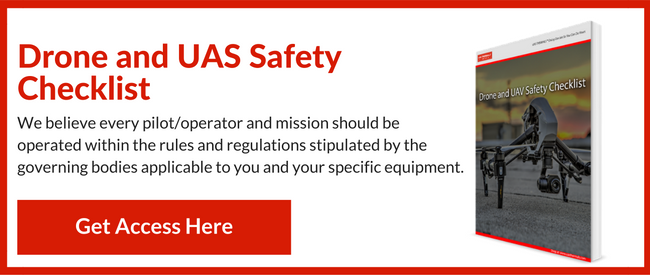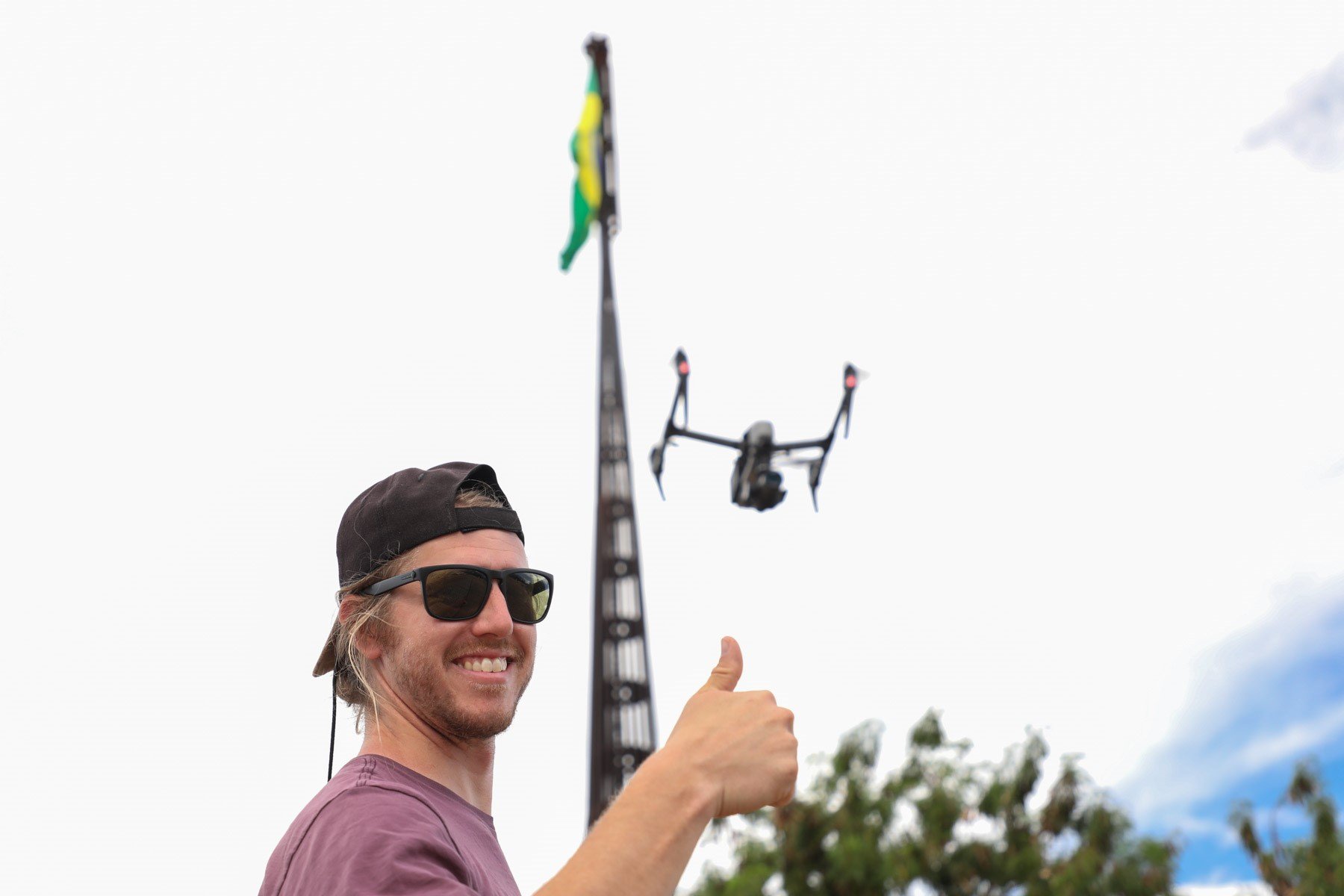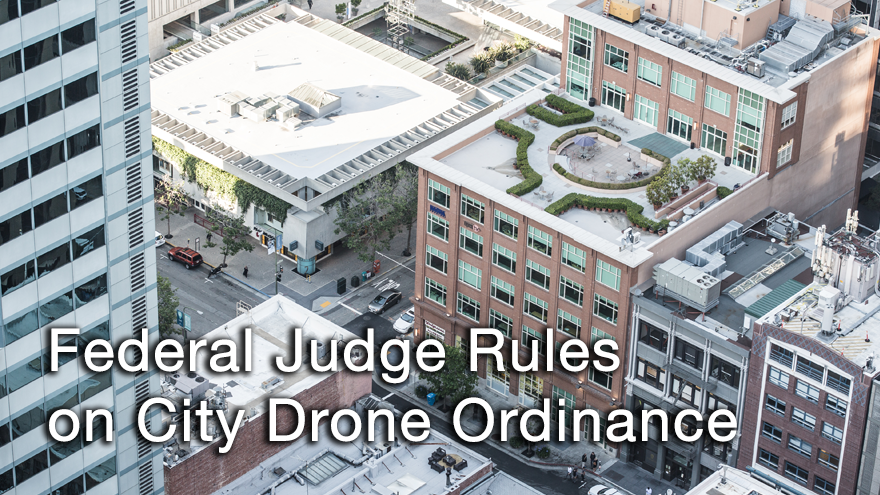
With the many advantages that aerial imaging and infrared offer for surveillance and monitoring of the ground, and often times in challenging conditions, it was only natural that law enforcement agencies would find a way to incorporate unmanned autonomous systems (UAS) technology into their set of tactical and operational tools. We are increasingly seeing police forces from all over the world making use of thermal imaging drones for a variety of applications to not only ensure public safety, but to also ensure that each and every officer returns home safely just as they arrived for duty that day.
Increase and Expand Situational Awareness
The most obvious and quite common use of police drones is aerial surveillance and imaging of the ground. Large surface area monitoring used for oversight and planning is a fast and efficient way to prepare. Currently recent collaboration between DJI and FLIR a turn key aerial system with a high resolution infrared camera allows police to make use of an easy-to-operate thermal imaging drone. The thermal image is live fed to the deputy and personnel on the ground. The methods and applications using IR from the air are endless. You can discreetly mark personnel on the ground, as well as locate individuals hiding in places unseen to the naked eye.
Using drones for such tasks offers many advantages since thermal imaging provides valuable footage even in the presence of smoke or fog. In addition the drones are able to maintain an uninterrupted vigilance over the area without succumbing to human weaknesses, such as exhaustion, sleep, or hunger. The systems are also becoming more precise and already offer a level of detail previously unavailable.
While some people have raised concerns about the ethics on operating surveillance over citizens through such means, the truth is the level of surveillance is already being done from traditional fixed wings or rotorcraft. However the use of a UAS is a much safer and cost saving method. Many police forces, which simply do not have the budgets or manpower for traditional means, the use of UAS is a positive way to ensure public and officer safety. It can no longer be denied that the use of drones is helping make the streets more secure for law-abiding citizens.
Fugitive Apprehension and Suspect Tracking
Keeping track of fleeing suspects through helicopters has always proven to be a very expensive and time-consuming operation for police. Now turnkey aerial systems with thermal imaging are fast proving to be a viable alternative that can often out perform traditional means, as well as include necessary tracking functions at a fraction of the cost. Any deputy equipped with a personal thermal imaging UAS can be on site and ready to deploy at a moment's notice. This reduces the lag time between a crime being reported and a helicopter being dispatched to locate and track the suspects.
The drones can also capture any kind of anti-social behavior and relay the information to the designated base of operation. The use of thermal imaging cameras eliminates many of the hiding places criminals flee to when under the dark cover of night. Even in pitch-black darkness the thermal sensing camera picks up the suspect's heat signature leaving him no place to hide.
The drones are also being used to track down illegal enterprises, such as meth labs and grow operations that may be spread throughout a city or countryside. Aerial thermal imaging cameras capture the heat signatures emitted by the operations, allowing for easy identification. The proceedings are all captured on camera and are used as irrefutable evidence in court.
Search & Rescue (SAR) Operations
Another growing and beneficial area is to use UAS for search and rescue ops. (SAR) Needless to say accidents can occur in the most unexpected and sometimes safest of places, as well as dangerous and places inaccessible on foot. In such cases, aerial drones are sent into the area to assess the situation in place of human personnel. Thanks to thermal imaging, an IR equipped drone can quickly locate victims and individuals in need of help. The images and most often, live video feed, along with other data acquired from the scene is relayed immediately back to the base of operations. It is there that personnel can then decide on the appropriate measures to take to deal with the situation.
These are just a handful of examples of how thermal imaging law enforcement drones are rapidly proving to be an indispensable part of police resources throughout the world. While some countries may be behind the curve, the simple fact remains: soon, every police department will possess a UAS to better assist in their day to day operations.
UAS Thermals offers ready-to-deploy systems utilizing the latest imaging and infrared technology to help you get the job done. Our systems are customized for the law enforcement, fire rescue, and search and rescue markets.
Are There Legal Concerns for US Law Enforcement?
Public agencies in the United States can use drones but will need to have a Certificate of Authorization (COA) issued by the FAA or use an individual licensed to fly a drone under Part 107 (14 Code of Federal Regulations Part 107) of the FAA regulations as a remote pilot in command. A COA may provide substantially more flexibility to law enforcement than operation under Part 107. The FAA has published an Advisory Circular (Advisory Circular (AC) 00-1.1A, Public Aircraft Operations) regarding use of UAS by public agencies.For an in-depth article on all the requirements to fly UAS legally, please click here.










